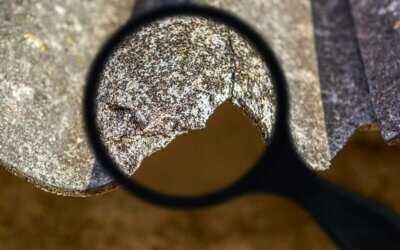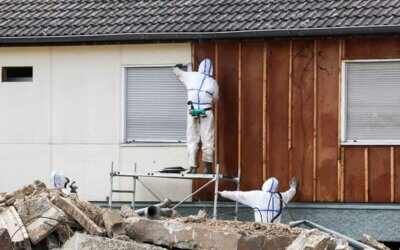What is the difference between Grade A and Grade B asbestos removalists?
There are Class A and Class B types of asbestos, therefore there are Class A and Class B asbestos removalists. Here’s the difference between the two.
Most New Zealanders know that if asbestos is detected in the home or workplace, it’s usually vital to have it removed.
What many Kiwis aren’t aware of is that there are two types of asbestos removalists, and you’ll need to know a little about the asbestos in question in order to hire the right kind of removalist.
Here’s what a Grade A (or Class A) asbestos removalist and a Grade B (or Class B) asbestos removalist do and why it’s different.
What is a Grade A asbestos removalist?
A Class A asbestos removalist has a specific type of training and licence that allows them to remove both main types of asbestos; both non-friable and friable asbestos.
Friable asbestos is the type of asbestos that crumbles very easily, and therefore often ends up as a ‘dusty’ material. This makes Class A asbestos especially dangerous as it is more easily released into the air, making exposure more likely as it settles onto surfaces and gets inhaled by people and animals.
However it’s also important to remember that if Class B asbestos has deteriorated, it can be just as dangerous as Class A asbestos, so will also require a Grade A removalist.
Therefore anyone working with Class A substances must be prepared to manage the heightened risk to themselves and the environment. They must wear full protective equipment, use certified air filtration devices, and use sealed air locks to stop any friable asbestos from escaping.
This all requires additional training, qualifications, and tools.
What is a Grade B asbestos removalist?
A Class B asbestos removalist is trained and licenced to remove Class B asbestos, which is the non-friable kind.
Non-friable asbestos is somewhat less dangerous than its Class A cousin because the asbestos fibres are bonded tightly to the main material. For example, Class B asbestos is usually found mixed into products such as plastic or cement, so it is ‘bonded’ to the actual plastic or cement, and therefore less likely to be crushed into dangerous dust.
Class B asbestos is the kind that is considered ‘safe’ if it is left undisturbed, because it’s not going to crumble and become dangerous on its own. If you are having work done on your house or business property that could damage asbestos-containing materials, then you will need to have it removed.
Class B asbestos still requires skill and the right qualifications and tools to remove, but it is fortunately less dangrous than Class A asbestos.
PRO Environmental Services: A Class A asbestos removalist
PRO Environmental Services has the training, experience, and qualifications for asbestos removal of all kinds. From the preliminary inspection to the final ‘all clear’ we can remove both Class A and Class B asbestos from your property to ensure your health and wellbeing, and that of anyone living or working on the property.
Get in touch for a free, no-obligation quote for asbestos removal in your home or workplace.
Related articles from our blog
Where is asbestos usually found?
Asbestos-containing materials were used in all sorts of materials throughout the last century. Here are some of the most common places.
Do you need emergency asbestos removal?
Whether you’ve just discovered asbestos on site or you need immediate safe asbestos disposal, our professional emergency asbestos removal service can help.
Why commercial landlords should get asbestos testing for their properties
Commercial landlords should be aware of any asbestos on their property, and have a clear asbestos plan in place to manage or remove asbestos safely.


